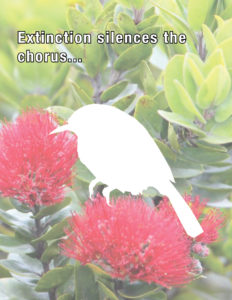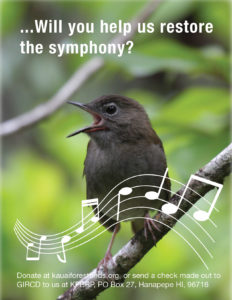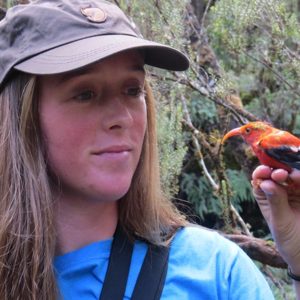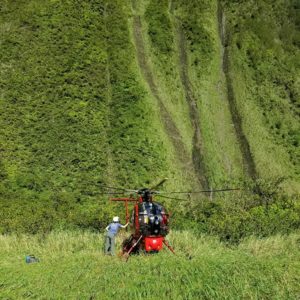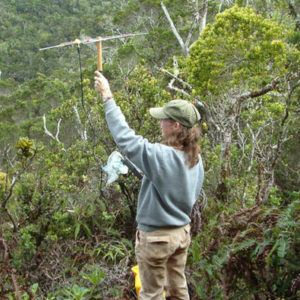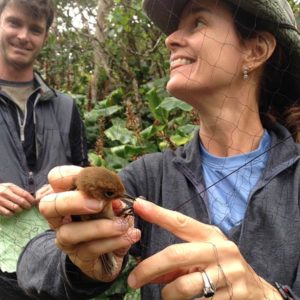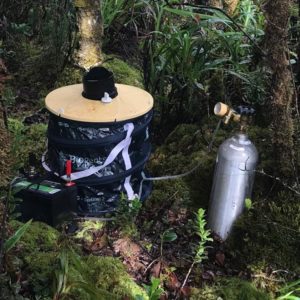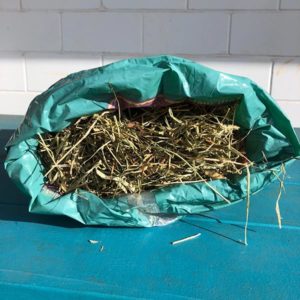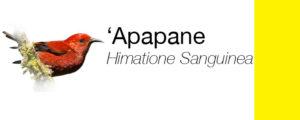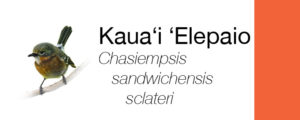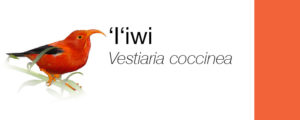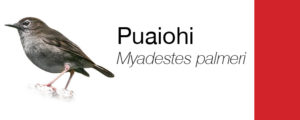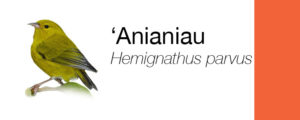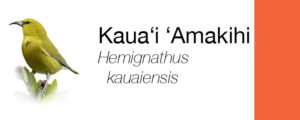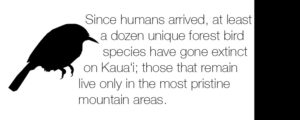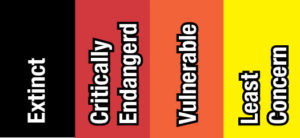Kauai’s native forest birds are dropping like flies due to mosquito-borne avian malaria and introduced predators. Help us combat these threats by investing in much-needed research and management.
Here is how you can help:
OUR PROJECTS
PROJECT ʻAKEKEʻE
COST $75,000 PER ANNUM
ʻAkekeʻe are Critically Endangered (only 1000 birds remain) and exist only on Kauaʻi. Thier biggest threat appears to be avian malaria spread by mosquitos. This project funds expanded mosquito research and control, which represents the best hope of recovery for all of Kauaʻi’s honeycreepers.
PROJECT PUAIOHI
COST $65,000 PER ANNUM
Puaiohi are also Critically Endangered and exist only on Kauaʻi. They number 500 individuals in the wild; population growth appears to be limited by invasive rats, which prey on females as they incubate their nests. Since 2015 we have deployed 425 self-resetting rat traps in the heart of Puaiohi’s range to protect their nests. These amazing traps kill up to 22 rats before needing maintenance. This project funds extensive predator control in remote regions of the Alakaʻi.


